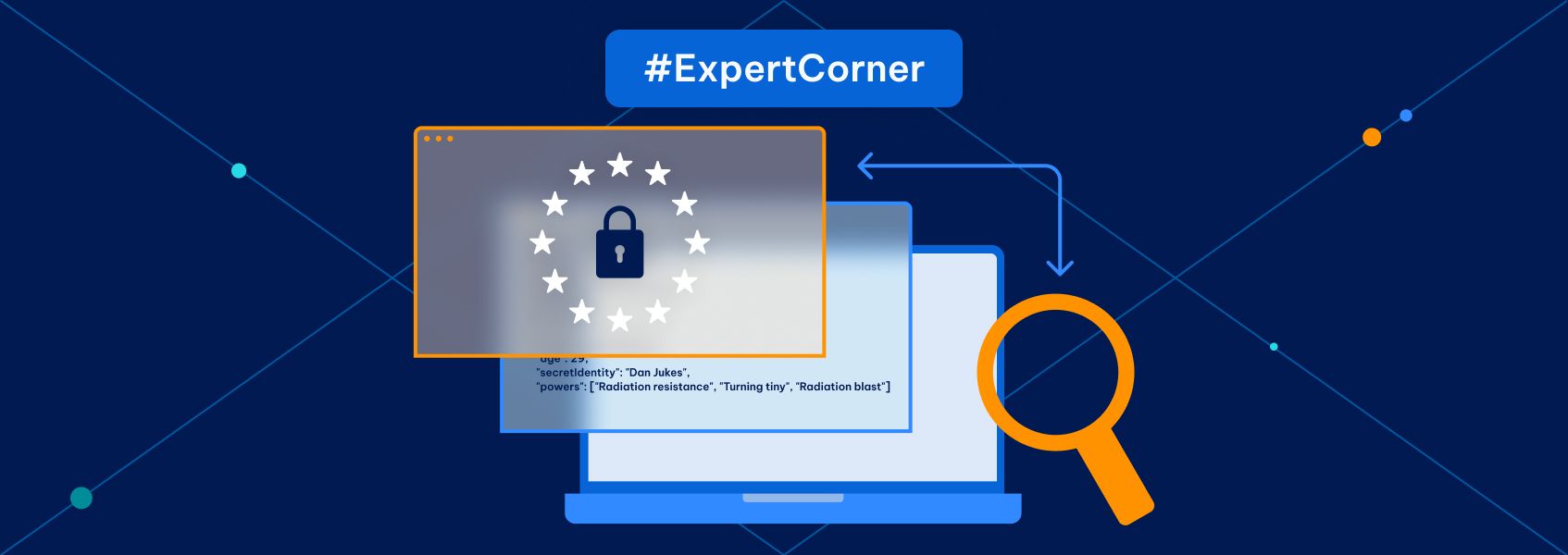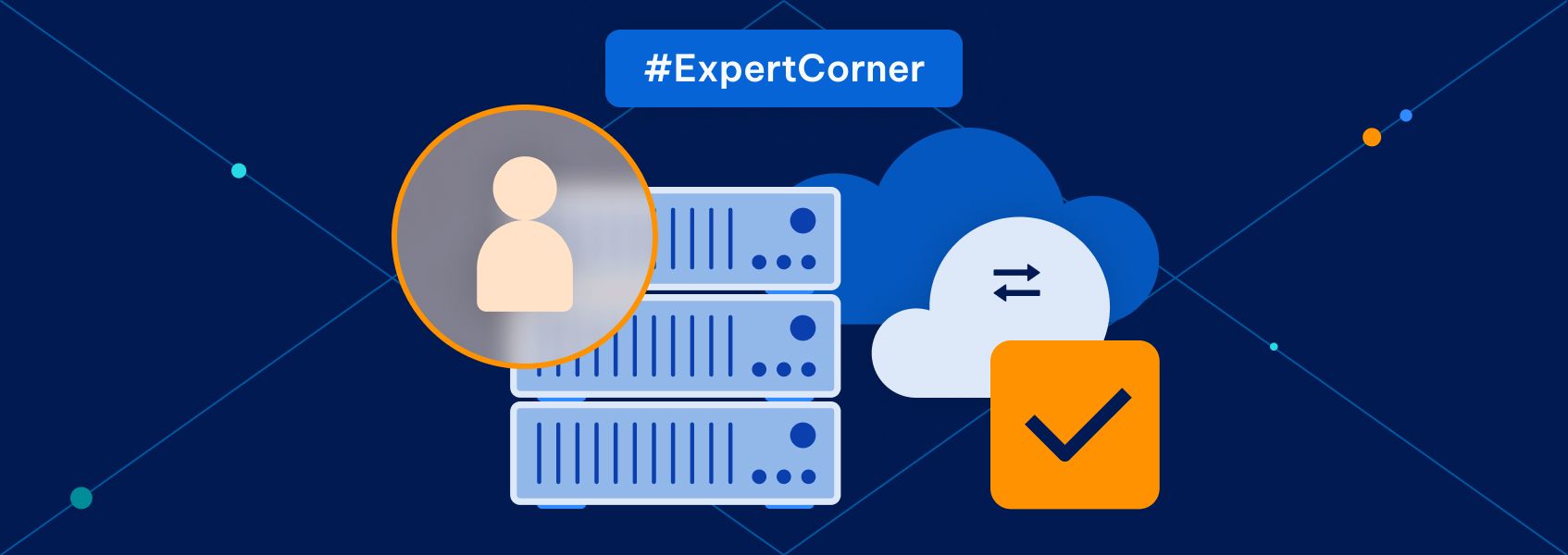Data Masking vs Encryption: What Proxy Users Need to Know
Expert corner

Austin Guanzon
You’re likely already aware of the importance of data security and privacy. Although various methods exist to address both ethical considerations and regulatory requirements, in this guide, we’ll focus on two prevalent strategies: masking and encryption – and how they compare.
So, which comes out on top? There is no simple answer. Data masking is often the go-to for streamlined and faster protection, making it ideal when speed is a priority. Encryption, however, excels in delivering security to a higher level, which makes it indispensable when safeguarding data is critical.
The best choice really hinges on what you need most. Data masking might be the way to go for efficiency and quickness. But if your main worry is robust security, encryption is likely the better option.
Fundamentally, the choice should align with the specific data at hand and the unique demands of the project. So, which should you choose? Let’s explore the major differences between the two.
Keeping Data Safe: The Basics of Data Masking
Let’s break it down: data masking is all about transforming sensitive information into a different form that’s still usable but safe from prying eyes. Imagine taking your real data and swapping it out with fictional yet believable substitutes. The goal is to protect your data in environments where it doesn’t need to be real, like in testing or development, while keeping it functional for those who need to work with it.
It’s like creating a stand-in that looks like the real deal but without the risk of exposing actual sensitive information. For instance, data masking becomes crucial in maintaining privacy while operations continue for businesses that are using powerful tools like Salesforce CTI integration .

Common Use Cases
Data masking shines in non-production environments, where real data isn’t required. For proxy users who need to simulate real-world scenarios while developing or testing software, masking means you can work with realistic data without risking the exposure of sensitive information. This means you can make sure everything works as it should without putting actual data at risk.
In shared or remote settings where there are multiple proxy users accessing data, data masking means that you can only see anonymized information. As such, data privacy can be maintained when it’s handled by different teams or at different locations. It’s like having a secure yet filtered view of the data without any sensitive details.
As an example, for proxy users managing call center software, such as those evaluating the best call center software for small business , data masking is useful during testing phases. It means client data is protected and kept private, which reinforces trust and compliance.
Advantages and Limitations
In terms of its benefits, data masking means residential proxies users can work with data that mimics real-world conditions, all while sensitive information is kept private. This allows for testing and development with information that feels authentic but isn’t. It’s akin to a crash test dummy for the data world. Another advantage is that data masking won’t impact your performance significantly. As such, you can balance security with speed.
It’s worth knowing, however, that data masking isn’t a complete security solution, and it doesn’t offer the same level of security as encryption. Instead, its scope of protection is somewhat limited. This makes it most effective in environments like training or testing where full data security isn’t as critical. In other situations, like securing highly sensitive storage or safeguarding data in transit, it doesn’t provide adequate protection.

Keeping Data Safe: All About Encryption
Most people are more familiar with encryption than data masking. This is a method of transforming data into a coded format that prevents it from being understood. The main goal of encryption is to make sure data is unreadable. Even if someone does manage to get hold of it, they will be completely unable to decipher it unless they have the decryption key.
Essentially, encryption converts plain text into a format using algorithms and keys. The data is scrambled. Encryption is essential for businesses of all sizes, whether you’re exploring practical ways to use web analytics or managing a large enterprise.
Common Use Cases
Encryption is used in a range of situations, including:
- Data transmission
- Data storage
- Authentication
For proxy users, it means that any data transmitted or received is protected from any potential tampering or eavesdropping.
Advantages and Limitations
Encryption offers strong protection and it makes it extremely difficult for anyone to decipher the information. It also adheres to strict, established security standards and regulations and so it provides a high level of assurance and compliance.
However, it’s not without its downsides, too. The encryption and decryption process can affect system performance and cause latency. This is particularly true if there’s a high volume of data. It’s also a lot more complex because it’s hard to manage encryption keys properly. And, if the keys are compromised or lost, the encrypted data could become vulnerable or inaccessible.

Key Differences Between Data Masking and Encryption
To gain a clear view of how the two compare side by side, here’s a summary:
| Data Masking | Encryption | |
|---|---|---|
| Purpose | Protects data by altering it to hide sensitive details while managing usability. | Converts data into a coded format to prevent unauthorized access. |
| Data Usability | Data remains usable for testing and development with realistic but non-sensitive values. | Data is encrypted and requires decryption to be usable. |
| Implementation | Applied to non-production environments like testing and training. | Applied to data in transit, at rest, and during authentication. |
| Performance Impact | Generally has minimal performance overhead. | Can introduce latency due to encryption and decryption processes. |
| Security Level | Provides moderate protection; may not be secure against determined attacks. | Offers high-level security; very difficult to access without decryption keys. |
| Compliance | Useful for scenarios where regulatory compliance isn’t as stringent. | Essential for meeting strict regulatory and compliance standards. |
| Key Management | No key management is required. | Requires robust key management to ensure data security. |
Conclusion
So, how should you approach data security? The aim is to look at your specific needs and decide what’s the best tool. Data masking is your go-to when you need to keep data usable and realistic for testing and development without exposing sensitive information. On the flip side, encryption is the heavy-duty approach to protect data in transit and storage, offering strong security despite a potential hit to performance.
Your decision depends on whether quick data access or protection is your priority. When you weigh up your options as a proxy user, you’ll need to ensure you build a security strategy that balances usability and security.


